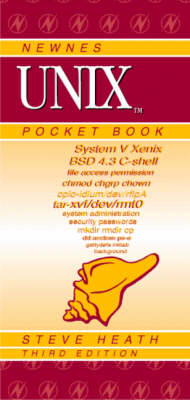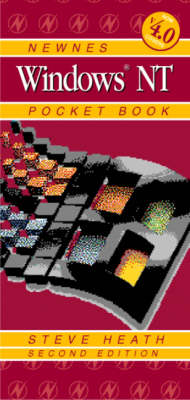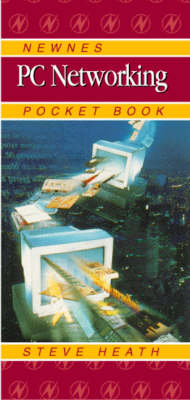Newnes Pocket Books
4 total works
Written by one of the foremost experts, Steve Heath, the processor technology specialist at Motorola (UK).
* 200 pages packed with information for programmers * will complement the author's other Butterworth-Heinemann book ... The Power PC: a practical companion (which is aimed at users). * in the pocket book ... a simple overview of the processor and programming models * straightforward definitions (eg what bit 14 of the MSR does and not why it has to do it) * simple definitions of each instruction with two instructions per page
* 200 pages packed with information for programmers * will complement the author's other Butterworth-Heinemann book ... The Power PC: a practical companion (which is aimed at users). * in the pocket book ... a simple overview of the processor and programming models * straightforward definitions (eg what bit 14 of the MSR does and not why it has to do it) * simple definitions of each instruction with two instructions per page
Based on the two main implementations, System V and the Berkely enhancements, this book covers all the systems administration necessary to the system's maintenance as well as basic commands and configurations. Coverage includes adding users, passwords, system backup and recovery and using the C compiler. New and expanded topics in this edition inlcude Korn shell, Linus, X Windows, and shell scripts to simulate DOS commands.
A concise reference for users of version 4 of the Windows NT operating system. With its Windows '95 shell, version 4 is a complete update of Windows NT with new commands and accessories and updates for all the existing facilities. The book provides explanations and screenshots to guide and inform new and old users. The most frequently performed tasks such as disk formatting, setting up printers and networks and so on are explained both for Windows NT version 4 and version 3.x.
Many PC networks have evolved rather than been planned and, as a result, their success and effectiveness is largely based on chance, rather than on a well-defined strategy. This addition to the "Newnes Pocket Books" series provides advice for those working in information technology on how to make the most of their network. The topics, which include network hardware and software, ethernet, Windows 95 networking and Windows NT networking, are presented logically, and arranged so that the reader should be able to locate specific information quickly and easily. Practical explanations of the technology involved, the advantages, disadvantages, and potential pitfalls, are illustrated with screenshots and diagrams, in handy pocket book format.



